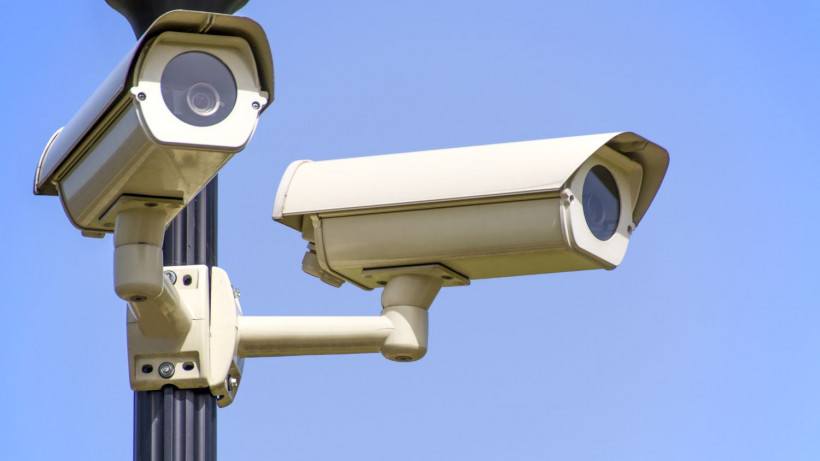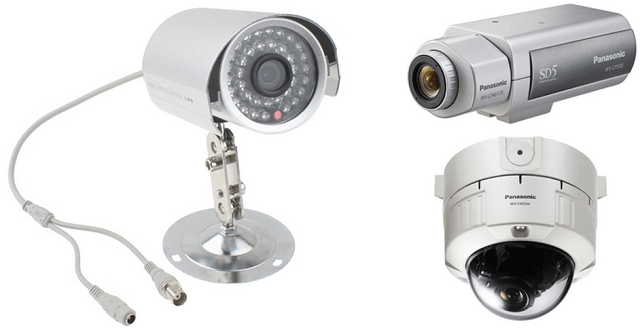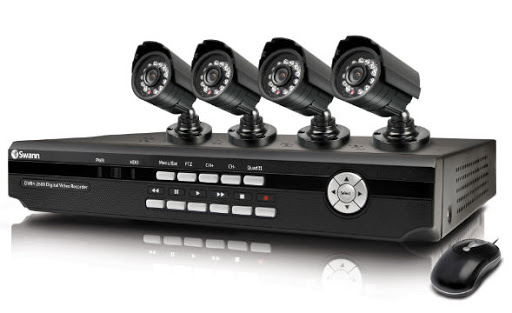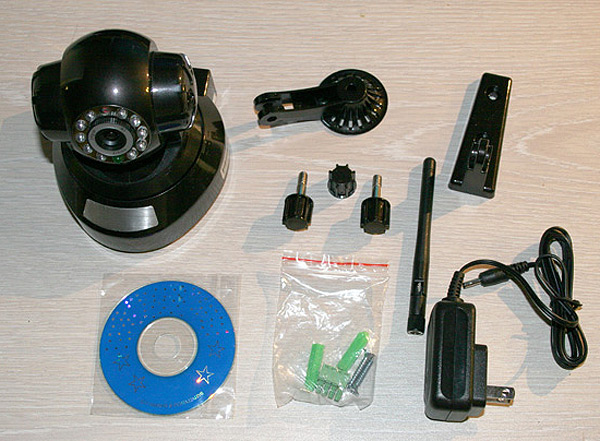Sensitive elements in the form of electronic sensors are used to record the state of the doors. The most popular and in demand are the simplest samples, called reed switches. As an element of the "smart home" system, a reed switch on a door is widely used to protect various household objects.
Description of reed switches and operating principle
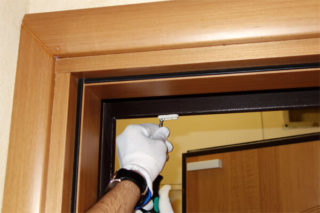
Known types of reed switches on the door have a similar structure and differ only in design details. They are made in the form of a sealed glass bulb, inside of which there are two working contacts made of permalloy. To increase the reliability of switching, the latter are treated with a thin coating based on precious metals. Outside terminals are used to connect them to the electrical circuit. The insides of the flask are filled with inert gas (or a vacuum is created in them), which allows to extend the life of the product and increase its ability to resist corrosion.
The principle of operation of the device is based on the mutual attraction of contacts due to the approximation of an external magnetic field. In this case, the source of the latter is not important: it is an electromagnet or a permanent magnet. Under its action, the contacts of the reed switch are magnetized and attracted, overcoming the elastic forces. They remain in a closed state until the action of the field that triggered the actuation is terminated. After that, due to their own elasticity, the contacts return to their previous (open) position.
Types of sensors and their characteristics
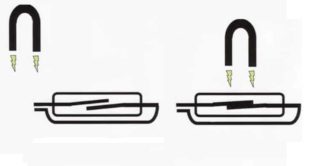
Like other contact products, according to their performance characteristics, reed switches are:
- changeover, designed for two positions with one reversible contact plate;
- disconnecting, in the design of which a closed (in normal state) contact is provided;
- closing ones with one open contact.
The reed switch on the door, which is triggered when the contacts are opened, acts differently. When an external field appears, its plates are magnetized with the same polarity and begin to repel. Switching type products have a middle contact of non-magnetic material that is normally closed. Under the action of a magnet, the open contacts are closed, and the non-magnetic plate remains in its original position.
According to the features of activation and registration / notification of operation, door opening sensors are divided into the following types:
- bistable devices;
- wireless products;
- Wi-Fi sensors;
- sound devices.
The former have their own built-in magnet that holds the contacts in the switched state after the external field is removed. The last three types differ only in the way they are connected to the electrical circuit (without using wires or with them) or in the presence / absence of sound.
Design features
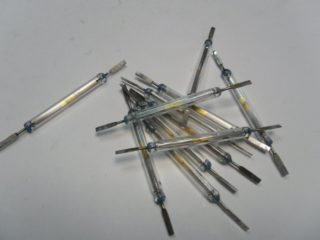
By design, door opening sensors are divided into elements with dry switching contacts and mercury samples. The first - the simplest devices, characterized by the presence of "bounce". This term refers to parasitic vibrations that occur during closing and opening. If present, a single actuation of the contact leads to a series of erratic switchings, which disrupts the operation of the electronic circuits.
The second type is characterized by the fact that a drop of mercury is placed inside a sealed flask. It reliably wets contacts, eliminating bounce and reducing contact resistance.
The advantages of sensors include ease of installation and compactness, allowing the element to be mounted in any convenient place. Their tightness is also noted, which is especially appreciated in rooms with high humidity. Among the disadvantages are low strength and low noise immunity.
Application and installation features

Reed switch type sensors are installed on movable or stationary parts of monitored objects (doors, in particular) that provide access to the premises. They guarantee reliable operation of security equipment when trying to enter buildings. For the system to function properly, it will need to be powered from the local wire line.
By installing an extensive network of reed switches, it is possible to organize a reliable security system throughout the house, at a minimum cost. You can install these elements anywhere - on the glass windows, on the doors of safes, as well as inside apartments on the front doors. The peculiarities of their installation include the obligatory placement on the internal surfaces of objects. Advanced models of sensors provide for their triggering with simultaneous notification by mobile phone.
Popular manufacturers
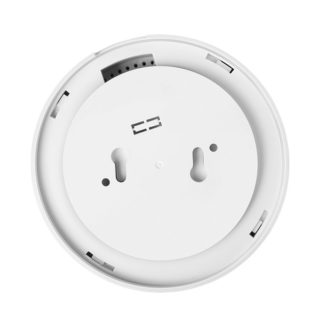
Among the well-known models of reed switches used to monitor the status of doors, the following samples stand out:
- wired magnetic devices used in burglar alarms, type PSM MC;
- sensors for opening doors and windows of the magnetic contact type COMK 1-3;
- wired magnetic contact device for doors / windows alarm PST MC35;
- wireless reed switch door opening sensor (with support for the broadcast frequency of 433 MHz).
The "smart" reed switch SkyGuard RG-G31S belongs to the same series. This miniature but high-tech device from REDMOND guarantees the impossibility of uncontrolled burglary and the safety of the property in the house. Sensors are used to remotely monitor the status of doors and windows at the following facilities:
- in apartments of city buildings;
- at country cottages;
- in garages remote from or adjacent to the house.
In addition, they are used to monitor the status of secret cabinets, secret boxes and safes.
The "smart" reed switch from the REDMOND manufacturer works synchronously with the Ready for Sky Guard mobile application. If it detects any movement in the apartment, accompanied by the opening of the doors, it immediately sends an alert to the smartphone.



